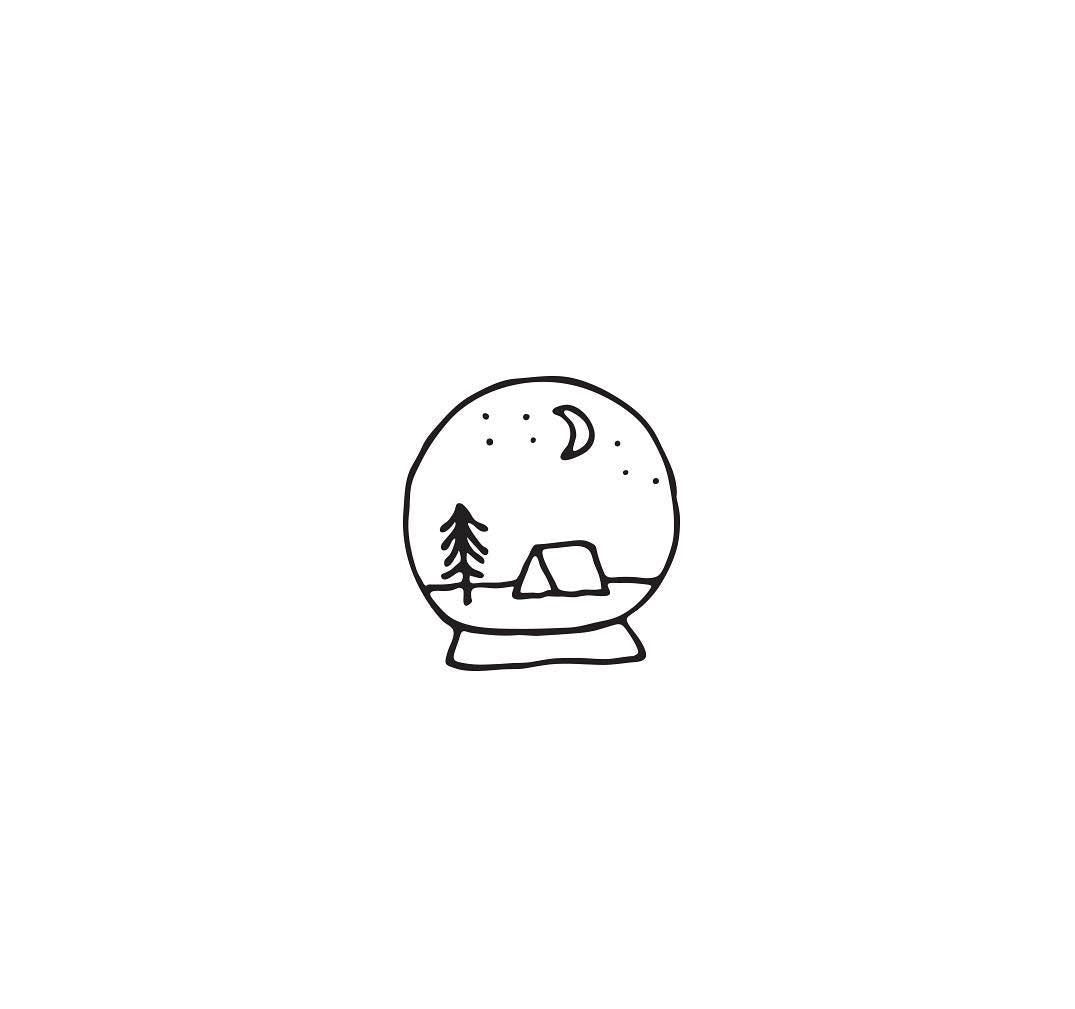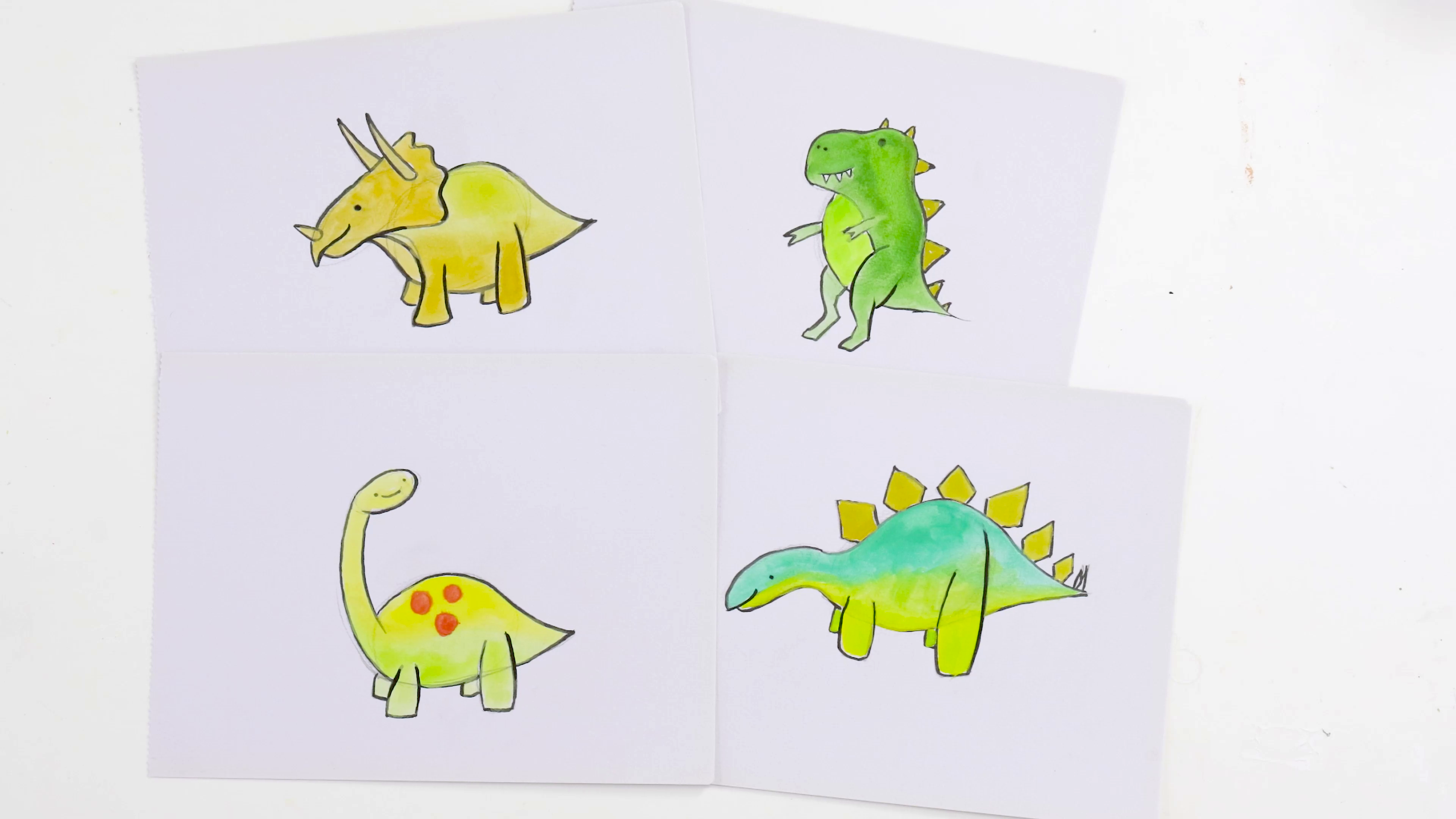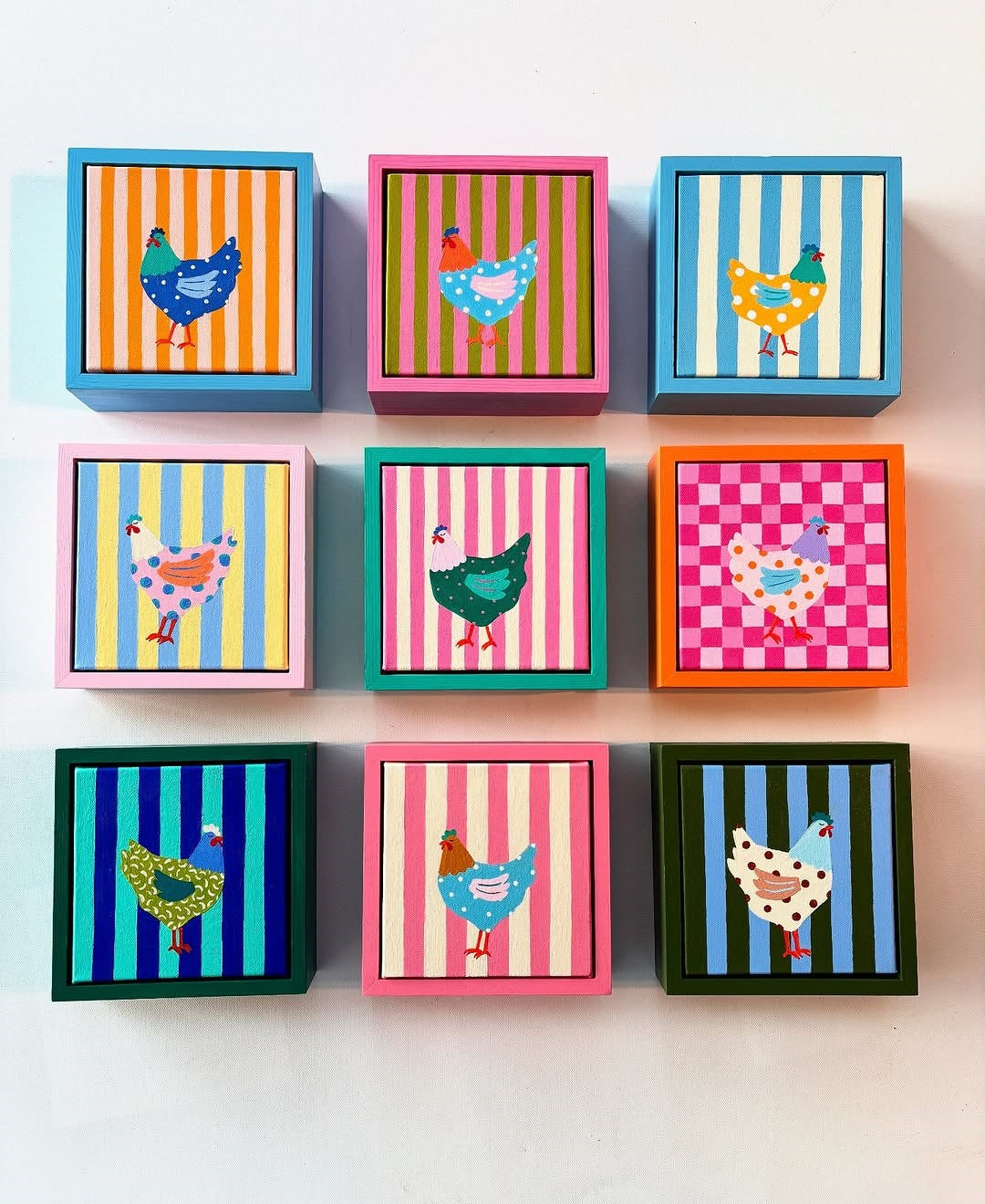Mixed media is a fun way to experiment with a variety of different artistic media in one composition. Due to its experimental and playful nature, mixed media can be a wonderfully creative cure for the uninspired artist. Most artists suffer from creative block or simply become uninspired and disinterested at various stages in their artistic journey. If this happens to be you… please don’t worry! Take a breath and know that it’s perfectly normal; after all, one can't be constantly creative all the time. So whether you’re feeling a little lost for artistic ideas, or are just generally interested but maybe a little unfamiliar about where to start, here are a few handy tips to get you on your way.
So What is Mixed Media?
Although the term mixed media is very broad, in simple terms it is a technique involving the use of two or more artistic media, such as ink and pastel or painting and collage, which are combined in a single composition. But most importantly…it’s fun!
Combining Wet and Dry Media
Most folk that create art are familiar with ‘dry media’. Dry media includes pencils, pens, crayons and charcoal, while wet media includes wet paint, ink and brushes. You can use whatever media you have on hand in an artwork, although some are more compatible than others. For example, pastel lines over a watercolour to help to emphasize lines and shapes, and a bit of acrylic paint in a charcoal or pencil drawing can add a shock of colour to an otherwise monochromatic composition. One thing to remember when you use dry media is that it is not considered permanent. But any dry media can be sealed with an acrylic gloss or matt medium.
Resist
You’ve heard the old saying “oil and water don’t mix”? Well it’s precisely that reason that makes resist painting and drawing so attractive. Any time you mix water-based media with oil-based media, interesting results can happen. For instance, laying a watercolour wash over an oil pastel or wax crayon drawing can have very unusual effects. The oil pastel resists the watercolour, which can only adhere to areas where this is no oil. For example, you could draw a subject with colour pencils, and use the same colour, but with crayon over the top, and then lay a watercolour wash over it all (check out lesson here). The resulting finish is never expected, but always interesting. Another technique is to use ‘non-stick cooking spray’ into watercolour. When experimenting with resist, it’s important to note that one cannot use acrylic paint over oil paint. While there are not many rules to mixed media there are still a few arbitrary guidelines one must adhere to.
Collage
Collage is another mixed media technique you may be familiar with as it is taught in preschool. Many artists have made collage the primary focus of their work, where their entire works are composed of cut pieces of paper, magazine clippings or fabric. However, it can be combined with many forms of painting and drawing to add visual interest. It is important to have a sound understanding on how adhesives work with different kinds of materials and paints. If one wants to explore collage or mixed media in general, the use of PVA glue is of great importance. PVA glue will adhere paper, wood and fabric to canvas and the bond is absolutely tenacious. The other medium of importance is acrylic gloss or matt medium. Whilst not exactly glue, it has the capability to adhere paper to a dry acrylic coat, but due to the inherent quality it possesses in drying clear, can also be used as a sealer or varnish if you like.
Added Surface Effects
Another fantastic mixed media technique is to apply an alternative surface to a canvas. Substrates such as tissue paper, hessian, fly screen and newspaper can be glued to the surface of the canvas and then media applied to this new surface once dry. PVA glue again is the best adhesive to use for this purpose.
Added Textural Elements
One recurring theme in mixed media is juxtaposing conflicting finishes, for example thick rough impasto passages with glassy smooth finishes. A great way to add a textural nuance to a work is to add sand or gravel to wet paint. Once the coat is dry, one can add a translucent coat over this with great effect. If you decide to use this technique, remember that the additive must be of mineral content rather than organic matter such as soil or leaves, as this will eventually decompose, and can leave a void in the surface.
Assemblage
If we take the adding of textural elements a little further we get what is known as assemblage. This is a more involved mixed media painting technique than adding textural elements and collage. Assemblage involves incorporating found or made three-dimensional objects into a work of art. Assemblage often blurs the line between painting and sculpture as it is frequently used in wall-hangings and two-dimensional paintings. Assemblage can range from small found items like string and pebbles to large chunks of metal and wood. In these situations, simple adhesives won’t be substantial enough, and you may have to bolster the object from behind the canvas, and attach them with appropriate fasteners, such as screws.
So, as you can see, mixed media spans an extremely vast creative gamut with a lot to offer the artist interested in innovation, or equally to offer that cure for an uninspired, stagnating artist.


































